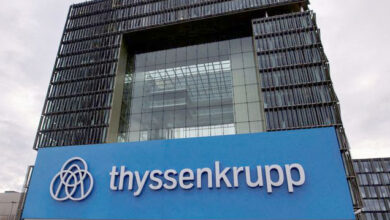Facebook’s Meta agrees to resolve a data privacy complaint.

According to a court filing, Meta Platforms Inc.’s Facebook (NASDAQ:META) has agreed in principle to settle a lawsuit seeking damages for giving third parties, like Cambridge Analytica, access to users’ private information.
In a brief submitted on Friday, attorneys for both plaintiffs and Facebook requested a 60-day stay of the class-action lawsuit pending the completion of a formal settlement. No financial details were mentioned.
The four-year-old complaint said that Facebook violated consumer privacy laws by sharing users’ personal information with third parties, such as the bankrupt British political consulting firm Cambridge Analytica.
Facebook has said that its privacy policies are consistent with what it says and “do not support legal claims.”
When asked for more information about the settlement, Facebook and its lawyers from Gibson, Dunn & Crutcher did not respond right away.
When asked for comments, the two law firms that represent the plaintiffs, Keller Rohrback and Bleichmar Fonti & Auld, did not answer.





